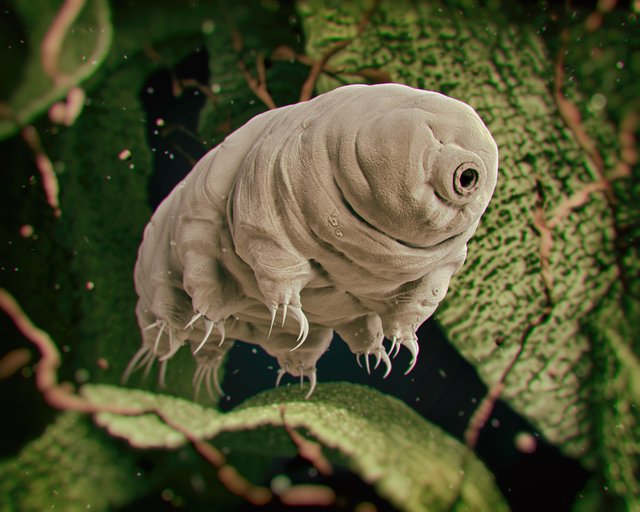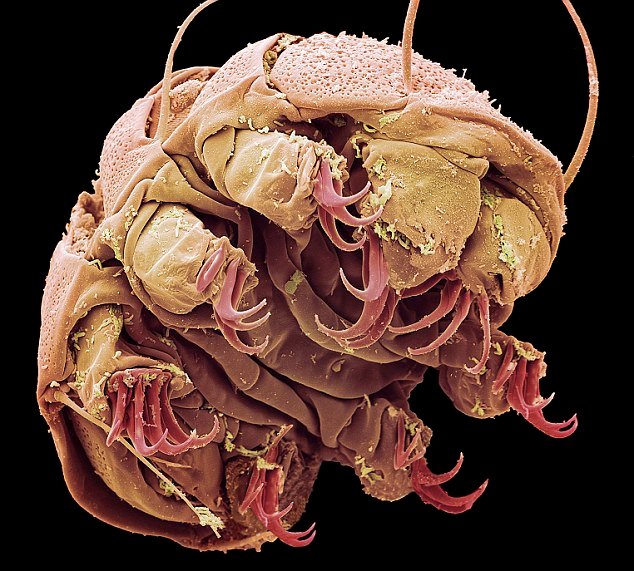Secret about Tardigrade Super Strong 'Water Bear' [part.2]

They have small legs, each leg is equipped with a set of nails. These legs are arranged in a unique formation, their back legs facing backwards, this gives them agility as they climb over the moss and leaves that fall on the ground. At least that's the activity they do and the exploration equipment owned by Tardigrade. There are also species that live in fresh water and in seawater. In short, these water bears can be found anywhere, everywhere, and all kinds of environmental forms around us.
Tardigrade Under Compound Microscope
As with snakes or lobsters, tardigrade has basic anatomical structures such as brain, nervous system, esophagus, stomach, intestine and anus. But they have no heart, lungs and blood vessels, this is due to their body cavity called "Open Hemocoel", which means that all gases and nutrients can enter and exit efficiently without the need for a complicated metabolic system. Animal Kingdom (Animalia) has about 36 phyla, one of which is Tardigrada phyla. Yup, that's right, they have their own phyla, while we humans belong to the Chordata phylum. Tardigrade thinks that they are very special, and they are.

TARDIGRADE PROFILE
Number of species:
1,000 ++ and growing (300 species live in the ocean, 100 species live in fresh water, 600 species live on land)
REPRODUCTION:
They can produce up to 30 eggs, which are usually fertilized through marriage activities, although some species can even reproduce without mating, and while others can fertilize their own eggs, it is no wonder they are everywhere.
FOOD:
plant fluids (such as moss) and other animals such as Rotifera and even fellow tardigrade.
LIFETIME :
several months, but some researchers believe they can live longer.

Interesting fact about Tardigrades is that they can survive in space. So if the world was ever to end Tardigrades would be our legacy. Not sure if that is a good or a bad thing!